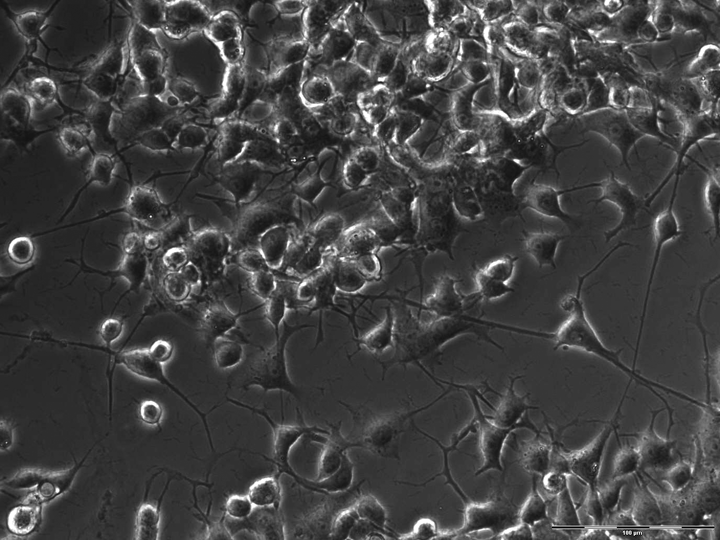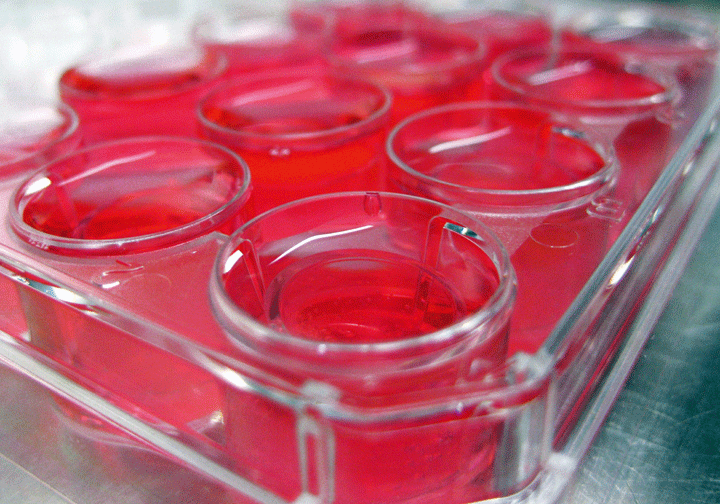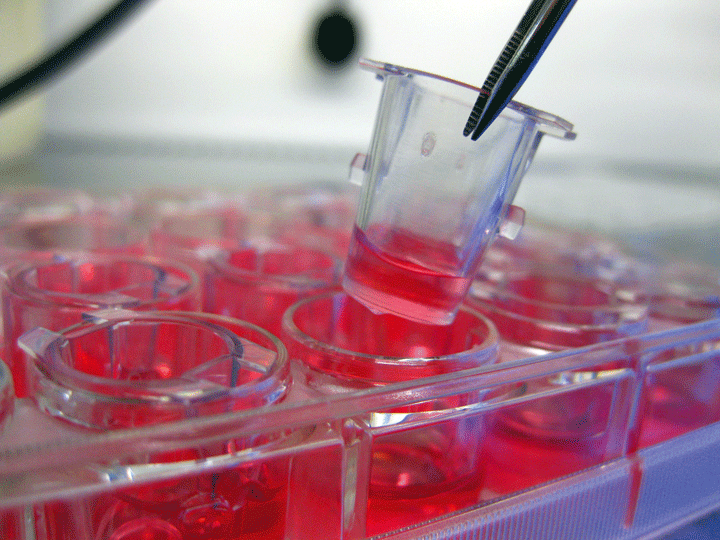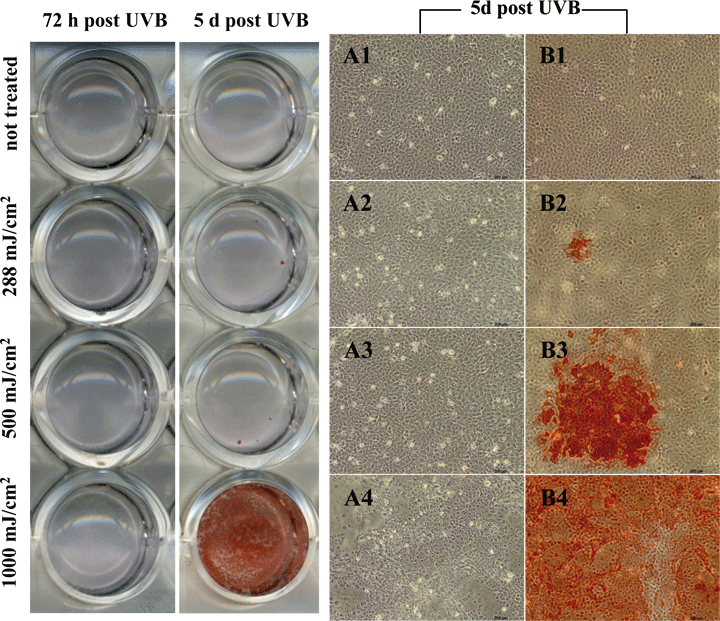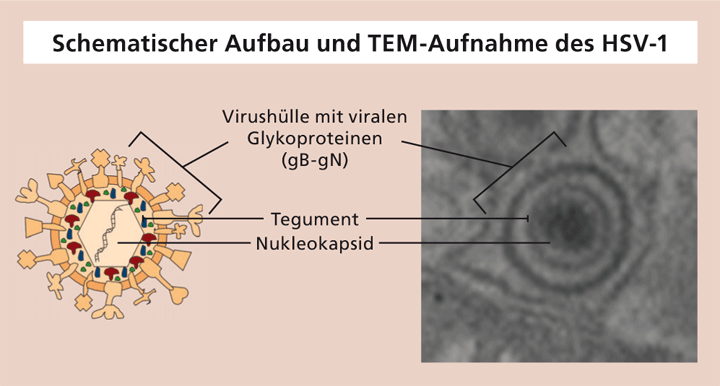Initial situation
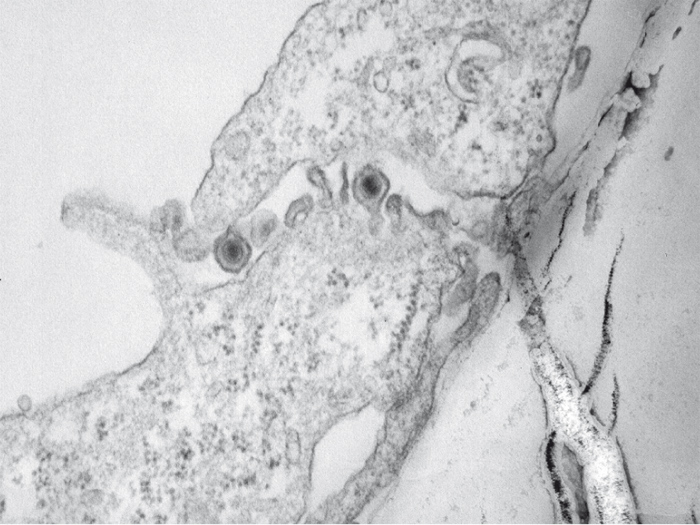
Herpes simplex virus infections are among the most common skin diseases. More than 90 percent of the world’s population is infected with Type 1 Herpes simplex (HSV-1). Aside from the characteristic skin lesions, HS viruses can also cause serious conditions involving other organs (ocular herpes), as well as the central nervous system (herpes encephalitis, herpes meningitis), which may prove fatal. Until now, there is still no effective treatment for herpes infections available. HSV infections have been exclusively treated with antivirals so far, mainly nucleoside analogues. These are merely able to alleviate the symptoms and to shorten the duration of the infection but cannot prevent reactivation of the virus. One aim is therefore to develop an alternative therapy approach for the treatment of HSV-1 infection.
 Fraunhofer Institute for Interfacial Engineering and Biotechnology IGB
Fraunhofer Institute for Interfacial Engineering and Biotechnology IGB